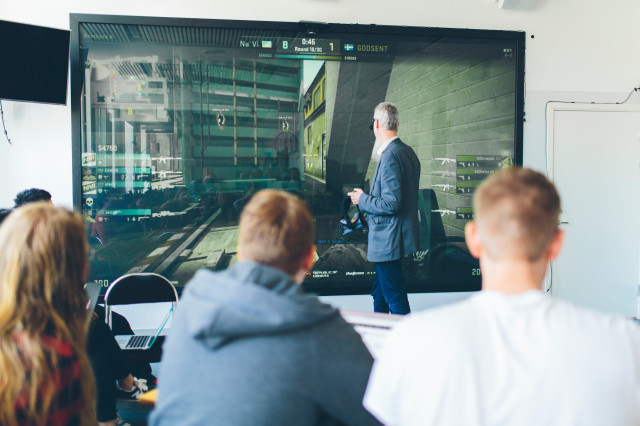IP (Internet Protocol) has become the protocol that is used the world over to connect networks in global scale. IP have remained the same for many years, while dramatic changes have taken place with regard to capacity, connectivity, services, and so on, mainly as a sequence of the development in underlying network technologies. For operators, companies, universities etc become it everything more important to have a good understanding of how underlying web techniques can be used to design reliable and cost efficient nets.
This course covers the fields in link and network protocols and network and intends give a good understanding of modern trends and progress in the area communication and network. The fields of technology that are included in the course can vary from one year to another and example of fields that may be included is MPLS (Mulltiprotocol Label Switching), Datacenter-networks and Internet-of-Things.
To further illustrate different principles and to give practical experience contains the course in addition to theoretical items as lectures, a set labs and a project task.
After passing the course, the student shall be able to
- describe methods and elements that are used to design exchanged network and describe and discuss factors that influence choice of methods and equipment
- explain different technologies for choices in exchanged network
- program forwarding and control planes for a programmable switch
- explain the concept "virtual network" and describe different methods to substantiate virtual networks
- describe different technologies to protect against faults in links and nodes and to increase the degree of network availability
- analyse and compare protocols with regard to network design implications, costs, performance and management properties
- design, configure and handle complex local networks with Ethernet-switches and routers
- give examples of and describe current research issues in the fields that are included in the course
- give examples of and explain social, ethical and environmental aspects of sustainable development in the area for communication systems
in order to
- obtain a deep understanding of how communication networks are built and connected with one another and how switches and routers have been developed during the last decades
- learn about performance, safety and control aspects of network devices and protocols
- obtain practical experience of to program a network that consists of programmable latest generation's switches and routers.
